In the pharmacy we usually see the first lot of people with sunburn at Labour weekend. It is like we all forgot that sun was hot during winter and have to relearn to wear sunscreen when we go outside. Sunburn is known to cause skin cancer so please wear a sunscreen when you go outside this summer. The following article will help you choose an appropriate sunscreen for you and your whānau.
SPF stands for sun protection factor. This tells us how much longer you could expect to be out in the sunshine before you get sunburnt compared to if you were not using any sunscreen.
An example of this is if you are wearing SPF 15 sunscreen you can stay out 15 times longer than if you were not using any sunscreen. If it took you 10 minutes to burn with no sunscreen today, it would take 150 minutes (two and a half hours) with the SPF 15 sunscreen on.
The sun sends out various types of energy. It sends out infrared light which is heat and makes us warm. There is also visible light of course that’s how we can see during the day. Then there is ultraviolet (UV) light that you cannot see. This is the light that enters your skin and can cause damage.
Ultraviolet light is grouped into UVA and UVB. I was taught that uvB causes Burning and uvA causes Aging of your skin. In reality both UVB and UVA can burn your skin and both can cause skin cancers. UVA does penetrate further into your skin and it causes premature aging (as well as burning and skin cancers).
The SPF number on a sunscreen is a measure of how much more UVB you can be exposed to before burning.
Some UVB is stopped by the Ozone layer above our atmosphere. As the ozone layer is depleted due to human activity on earth, more UVB is getting through. There is a hole in the ozone layer over Antarctica and this is one reason why skin cancers are more common in NZ and Australia than in many other parts of the world.
Currently NZ skin cancer rates are the highest in the world. New skin cancers in NZ are around 82,000 per year this is compared to a total of 16,000 for all other types of cancers. There are several types of skin cancers. Basal cell and squamous cell cancers are the most common. Research suggests that two out of every three New Zealanders will develop a non-melanoma skin cancer during their lifetime.
Melanoma is not as common as the other skin cancers but is more deadly as it can spread to other parts of your body and is more likely to cause death. Melanoma rates in New Zealand and Australia are about four times higher per population than in Canada, the United States and the United Kingdom (UK).
There are a number of reasons why New Zealand has such high rates of skin cancers.
- Our UV levels are much higher during summer than places in the Northern Hemisphere that are a similar distance from the equator.
- New Zealanders spend a lot of time outside and tend to like being outside on sunny days.
- Our genetics mean people in New Zealand have lighter skin so they tend to get sunburnt more easily than people in countries where the majority of people have darker skin.
- There is a hole in the ozone layer over Antarctica. This hole lets through more UVB as it is not being absorbed by the ozone layer. Increased UVB means more basal cell cancers and squamous cell skin cancers.
- Melanoma is linked to UVA from the sun. The UVA is not absorbed by the ozone layer.
Sunscreens have been tested for their UVB protection for many years. This is the SPF (sun protection factor) rating. In more recent years work has been done to measure how well a sunscreen will protect us from UVA rays that cause aging and melanoma. A sunscreen that protects against UVA as well as UVB is called ‘broad spectrum’. With a broad spectrum sunscreen the higher the SPF number the more protection you will be getting from both UVA and UVB.
The latest labelling requirement for sunscreen do not allow for a sunscreen to say it is ‘waterproof’ as all sunscreen will wash off over time. If you go for a swim then dry yourself you will be rubbing the sunscreen off so it needs to be reapplied. Sunscreens are allowed to say ‘water resistant’ and should tell you how long they will resist being washed off in water e.g. SPF15 water resistant 30 minutes. Sunscreens are also not allowed to say ‘sunblock’ or ‘sweat proof’ as these terms are considered misleading.
So bottom line;
- Cover up
- Don’t stay in the sun too long
- Wear a sunscreen that says ‘broad spectrum’ and is at least SPF15.
- Reapply often
- Don’t forget your lips.
Written by Linda Caddick
This blog provides general information and discussion about medicine, health and related subjects. The information contained in the blog and in any linked materials, are not intended nor implied to be a substitute for professional medical advice.






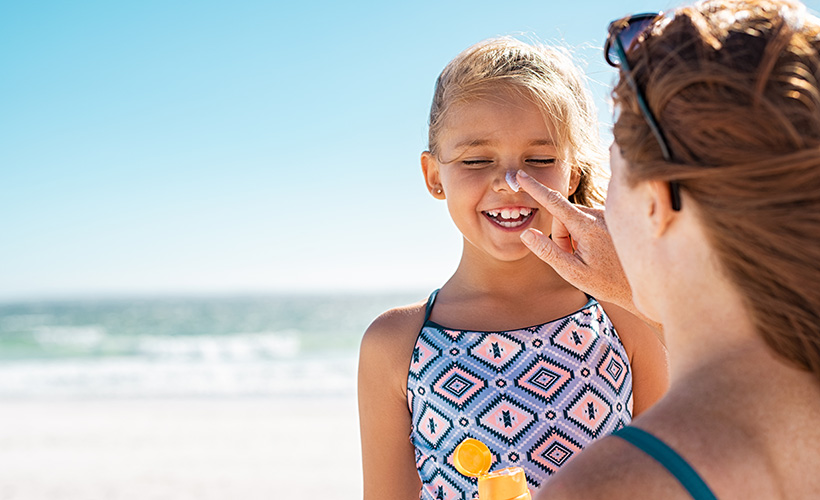
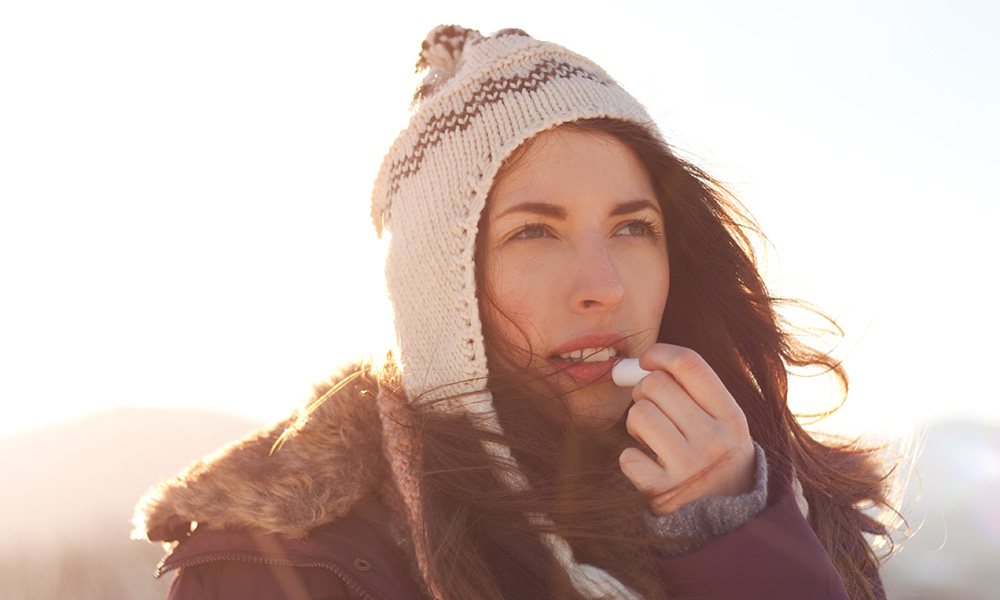
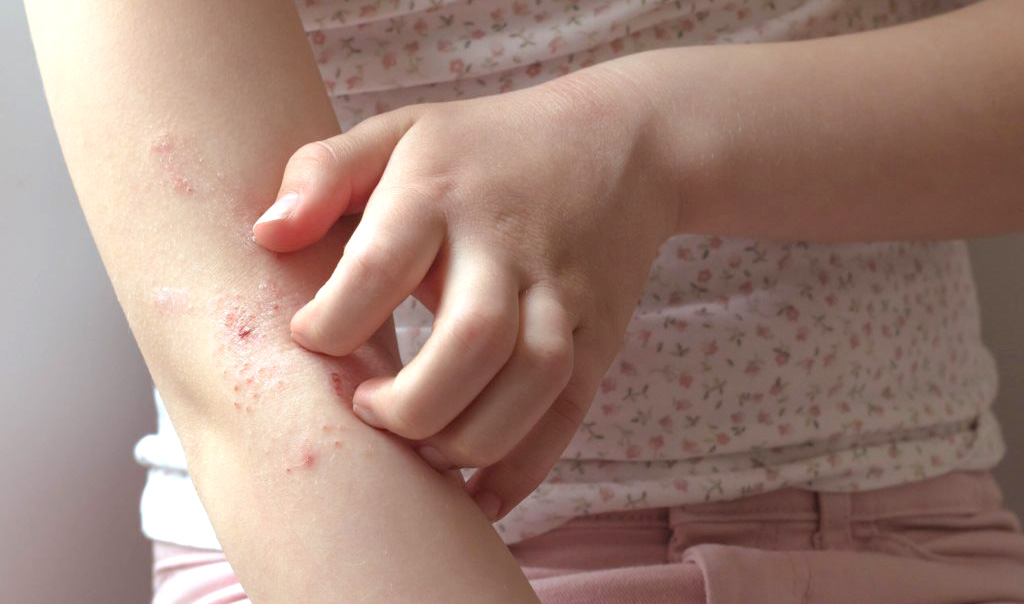
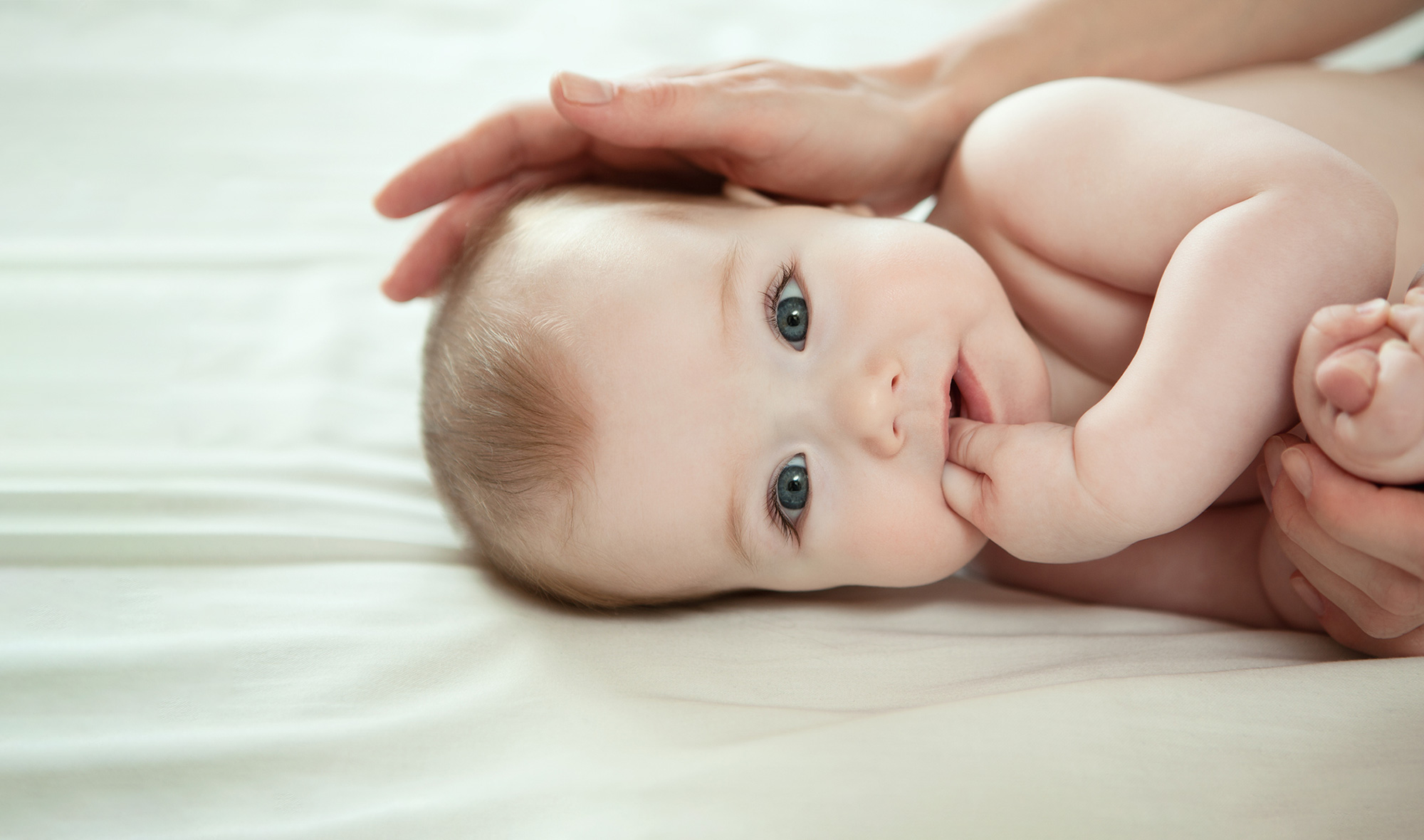
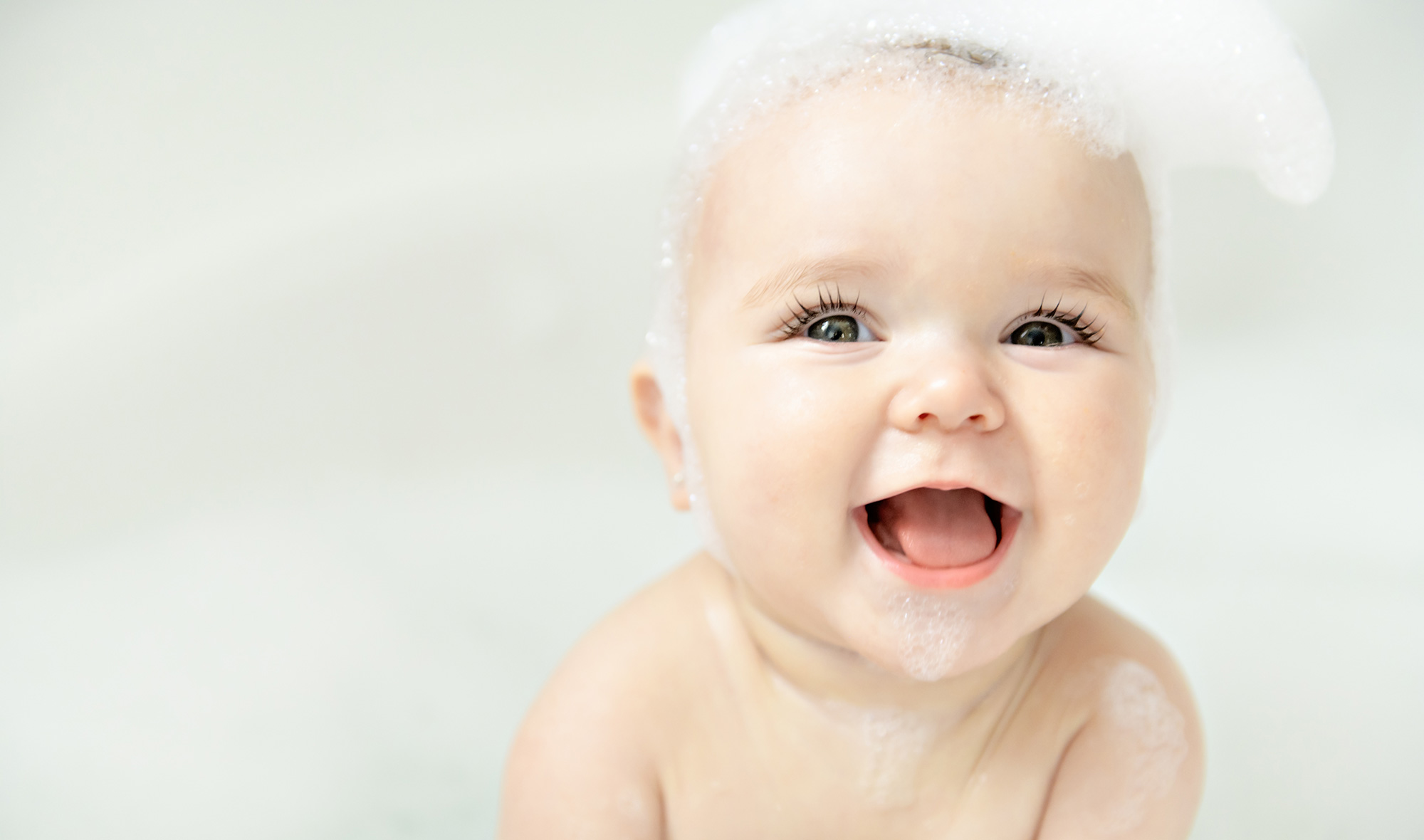


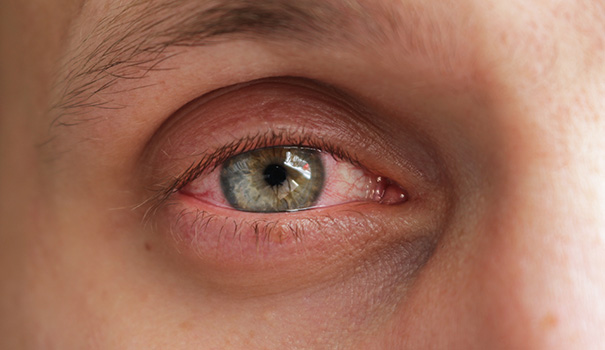

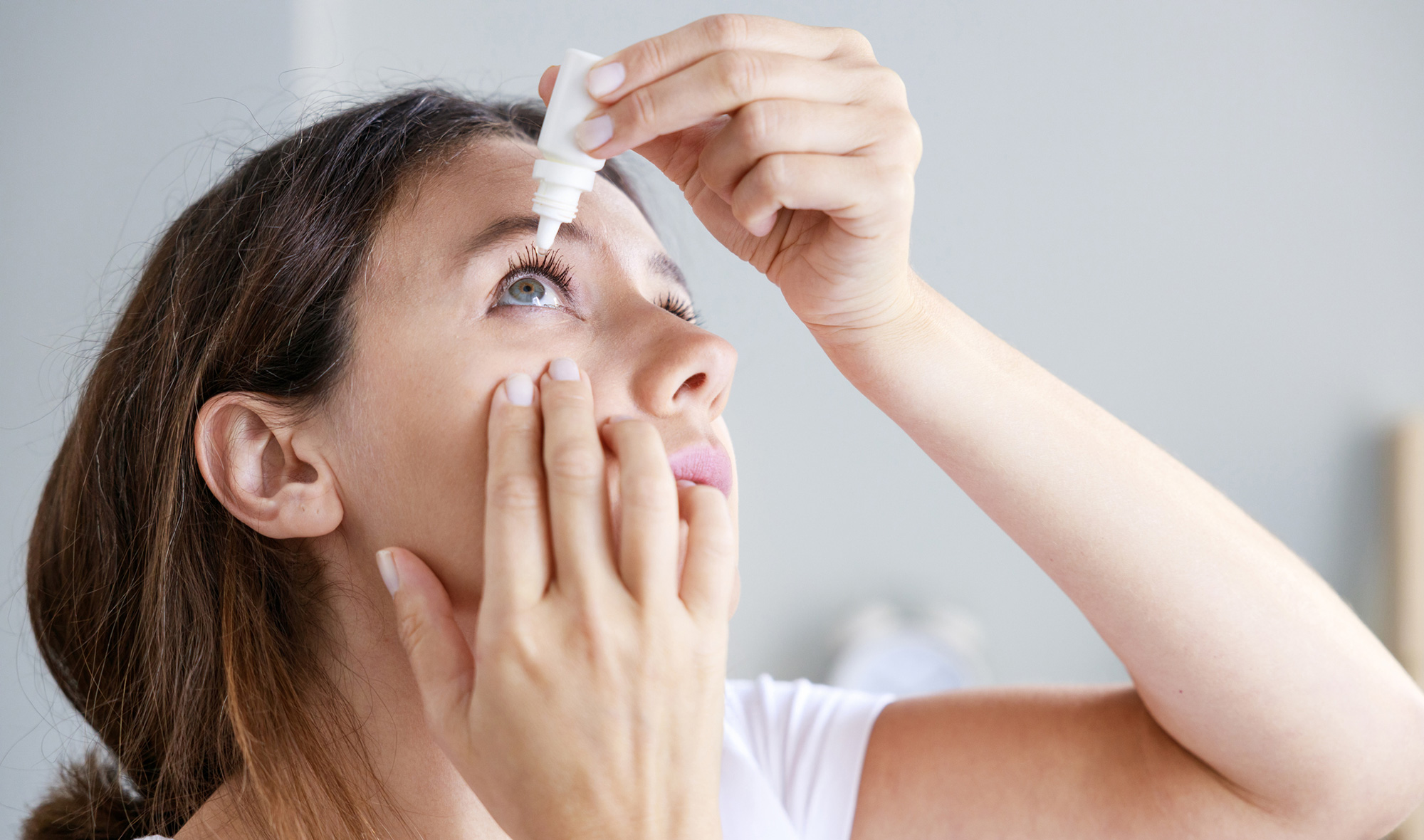
Community